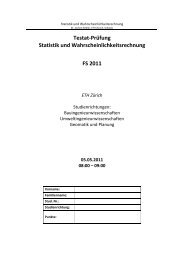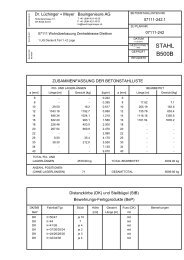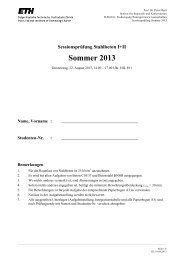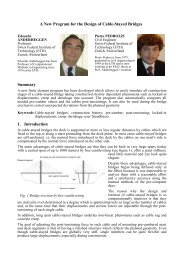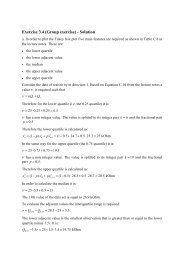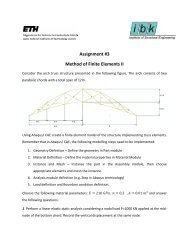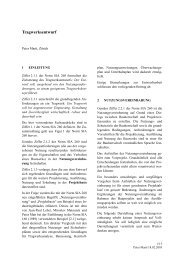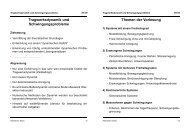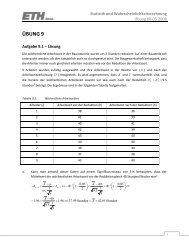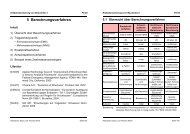The Finite Element Method for the Analysis of Non-Linear and ...
The Finite Element Method for the Analysis of Non-Linear and ...
The Finite Element Method for the Analysis of Non-Linear and ...
Create successful ePaper yourself
Turn your PDF publications into a flip-book with our unique Google optimized e-Paper software.
Viscoplasticity<br />
Viscoplasticity describes <strong>the</strong> rate-dependent inelastic behavior <strong>of</strong><br />
solids. Rate-dependence in this context means that <strong>the</strong> de<strong>for</strong>mation<br />
<strong>of</strong> <strong>the</strong> material depends on <strong>the</strong> rate at which loads are applied[1].<br />
<strong>The</strong> inelastic behavior that is <strong>the</strong> subject <strong>of</strong> viscoplasticity is plastic<br />
de<strong>for</strong>mation which means that <strong>the</strong> material undergoes unrecoverable<br />
de<strong>for</strong>mations when a load level is reached. Rate-dependent plasticity<br />
is important <strong>for</strong> transient plasticity calculations.<br />
<strong>The</strong> main difference between rate-independent plastic <strong>and</strong><br />
viscoplastic material models is that <strong>the</strong> latter exhibit not only<br />
permanent de<strong>for</strong>mations after <strong>the</strong> application <strong>of</strong> loads but continue<br />
to undergo a creep flow as a function <strong>of</strong> time under <strong>the</strong> influence <strong>of</strong><br />
<strong>the</strong> applied load.<br />
Typical examples <strong>of</strong> such behavior are Polymers <strong>and</strong> Metals<br />
Institute <strong>of</strong> Structural Engineering <strong>Method</strong> <strong>of</strong> <strong>Finite</strong> <strong>Element</strong>s II 30





